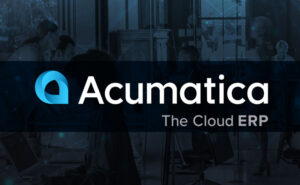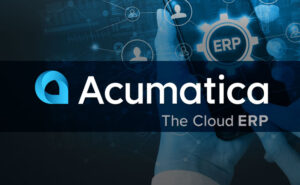Growth & Innovation Microsoft Dynamics...
Read More →Growth & Innovation
Moving from MS Dynamics to Acumatica
Microsoft Dynamics SL is a mid-market ERP product that integrates financial management specifically designed for project- and service-based companies.
Watch: Acumatica vs Microsoft Dynamics SL
The Background
Microsoft Dynamics SL, although a strong mid-market ERP product, faces several challenges:
- It relies on an aging client-server architecture and necessitates Microsoft SharePoint for cloud operations.
- To fully utilize its capabilities, additional Microsoft products like CRM, SharePoint, and Project Server are required.
- Its older system architecture poses limitations in modern technological environments such as cloud deployment, contemporary development tools for customizations, and CRM integration.
Users may experience slower innovation relative to their maintenance investment. Microsoft has recommended that users transition to Dynamics 365 Business Central for optimal benefits.
Unfortunately, there is no direct migration path from SL to Business Central, Microsoft’s sole true-cloud mid-market ERP product, requiring a fresh implementation on a different ERP platform.
Microsoft has ceased active marketing of Dynamics SL, with development and support now outsourced.
Acumatica offers an integrated ERP and CRM solution deployable on-premises or in the cloud. Its pricing model is based on system resources rather than user count, ensuring scalability with unlimited users as businesses expand.
We believe Acumatica delivers unparalleled value, performance, functionality, and user-friendliness for small- and medium-sized enterprises. When selecting an ERP system, including ours, we advise thorough due diligence. Understand your business needs for the next three to five years to choose the right ERP system for your company’s present and future requirements.
Note: John Howell, CEO of Solomon from 1983-1999 and co-founder of Acumatica, designed Acumatica to resonate with those who appreciate Dynamics SL’s functionality.
Feature Comparison
| Functionality | Acumatica | Microsoft Dynamics SL |
|---|---|---|
| True cloud* (built for cloud) | ✓ | x |
| Full function ERP | ✓ | ✓ |
| Full relational database export | ✓ | ✓ |
| Flexible licensing options based on customer requirements | ✓ | ✓ |
| Multiple deployment options | ✓ | x |
| Scale as you grow | ✓ | x |
| Superior Return on Investment (ROI) | ✓ | x |
Differentiators
- True Cloud
- Multiple Deployment Options
- Scale as You Grow
- ROI
“True cloud” means all functionality is accessible through the internet using a standard browser without the need for any additional software installation on the user’s device or additional software licensing. Acumatica works on-premises or in the cloud without additional equipment or software. Dynamics SL requires Microsoft SharePoint as a frontend for it to run in the cloud. Currently, the only true cloud option offered by Microsoft for SL users today is to give up SL entirely and reimplement (at significant expense) with Microsoft Dynamics 365 Business Central (formerly Dynamics NAV).
More from AIM Solutions
3 Ways ERP Software Can Improve Your Business’s Security
Today’s small and medium-sized businesses...
Read More →






